1 View
When Is It Cheaper To Buy A New Car?

by
Jack Baruth
(IC: employee)
Published: March 16th, 2012
Share
Hot on the heels of TTAC’s article on buying a used BMW, we have KBB (via AutoSpies) suggesting that some cars, like the Subaru Impreza, are actually cheaper to own if you buy them brand-new. The numbers are subject to debate but the concept is interesting…

Jack Baruth
More by Jack Baruth
Published March 16th, 2012 6:29 AM



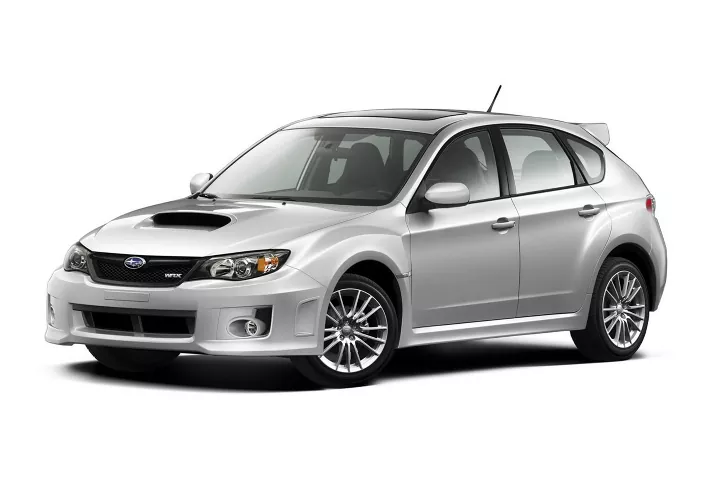














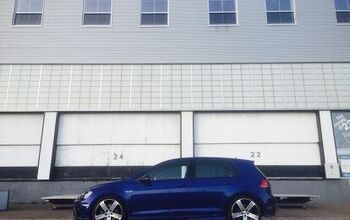
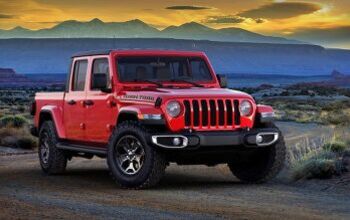
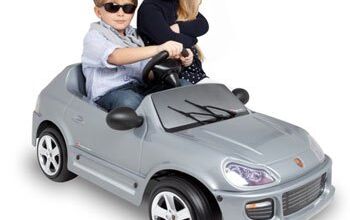
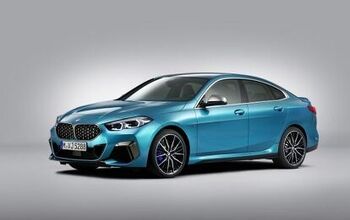












Comments
Join the conversation
I read all the comments up to this point and the Subie-bashers are wrong. I have no doubt that THEIR experiences are real but there are a lot of Subies in use in my area of the Sacramento Mountains, and by a lot I mean hundreds, of all vintages. At many ski-resorts here that's all they use because Subies are the only vehicles that move during heavy snow falls. Subies are how the snowplow drivers get to work. I've owned a few used ones and it never ceases to amaze me how brain-dead the former owners were by not doing standard maintenance on the Subies. "Driven on salted roads and not washed" does an awful lot of damage to ANY vehicle, no matter who makes it, and Subies are no different. Generally, a complete inspection twice a year, one before winter and one after, of the underbody and topside will identify what needs to be replaced or repaired. Salt will eat holes in aluminum and steel, in case some of you don't know. There are people in my area who have owned their Subie for twenty or more years, ever since they bought it new. One of them is my attorney. The Subie is not the only car they own but it is the only one that will get them where they need to go when the roads are bad. They may not be equal to BMW but Subies are worthy of anyone's consideration. And a lot cheaper than a BMW, too.
Weirdos buy Subarus.
New 1999 Subaru Impreza owned from new, traded at 95,000 miles and 9 and a half-years, $860 in non-wear item repairs lifetime, 23.5 mpg average including 10 minute warmups on winter days by remote. I keep records of every single fill-up. This had the open deck block, Phase 2 SOHC, 2.2 liter. 4 sets of summer tires. A large rear sway bar from a 1998 Outback cured the understeer. 2008 Legacy GT, eats front sway bar bushes, otherwise ok, you can see history on True Delta, 22.5 mpg so far at 46,000 miles. I have used up two sets of summer tires on it so far, despite using winter tires from November to April since January 2008, so tire life is 15k at best, first set the dreaded Potenza RE92, second set Hankook EVO 12 Ventus -- I drive hard around corners, folks. New pads all round at 40,000. And I still warm this thing up every winter morning, because I hate getting in a cold car. Just the way it is. Snap oversteer? Well the back end slides out at high lateral g, seems pretty tame to me, but I look after tire pressures. Same characteristic in deep snow at 0.1 g. Apply countersteer and some gas in snow, on asphalt gradually reduce power to get back end in line. I'd need a book to tell you what the five Audis I owned needed in the way of maintenance before I switched to Subaru. Never added an extra quart of oil to either car. Now, I can tell you this, I wouldn't have a present day Subaru, they've become either milquetoast or boy-racerish. But I wouldn't mind having a go in a BRZ when it comes out even if I am almost 65. So obbop, I'm a weirdo. Takes one to know one, I guess. The topic here is typical TTAC fare, how to minimize per mile costs by buying secondhand. If you are a car enthusiast, who needs to buy beaters? I want to see what the new car is capable of, not some mournful old wreck. I mean, is this a car enthusiast site or Mimsers International? According to the NY Times: "mimser was defined as a driver who was terrified of the potential fury of his Austin 7 car."
highdesertcat: I certainly believe the Toro vs. the Euro cars in the 70s story. That example dovetails with my point that vehicles can be (should be) designed for the market's their sold in. During that timeframe in Michigan, my Ford, Subaru, and two Toyotas all rusted like crazy. I think it was the '80s when things began to improve. My '81 Subaru GL 4x4 wagon (bought new) was one of those mixed-feeling experiences, where you like the car and how it drives, but hate the time and money you're pouring into it. (12/12k warranty, back then.) It took the Michigan Attorney General to force a fix to its hesitation problem, which was band-aided at the carburetor by the Subaru dealer at the expense of dropping my mileage to 17 city, 22 highway (at 55mph). Still, years later, when I was suddenly desperate for a quick vehicle, I found a '80 $500 2WD GL wagon with 94k which gave me basic transportation. That Subaru is my fondest memory, probably because it was only $500 and unlike buying new, I got more than I paid for. If this had been my only Subaru experience, I'd feel much better about them. Perhaps the core of the "Subaru reputation" comes from ownership experience like this. Lowered expectations. In the late '80s I worked up the courage to buy a used VW Jetta GLI (VW's reliability was just as spotty then, as now, but they had a 24 month unlimited mileage warranty at the time). In one year, this GLI had a long list of problems to fix under warranty, but it soon got totalled in an accident. So what to do now? I loved driving it, but it was not trouble-free. So here's a case of being an informed buyer: I bought another GLI, identical, but one year newer, and I took my chances. GLI #2 was excellent, and very trouble free past 110k miles. Go figure. My girlfriend liked it too. She bought a used GLI at 99k miles (which was soaked with thousands of dollars of previous-owner repairs) and drove it past 300k miles with great results. (Funny sideline here: right away it used a quart of oil every 1000 miles, so I only changed the oil filter every 5k; I never drained the oil. From 100k to 300k+ miles, no problems. She sold it to a kid in town who kept on driving it.) My three best vehicle purchases as I've gotten older and wiser have been GM, but I pick the models very carefully. I'm sure both GM and Ford are much better now than their reputation suggests. So that brings me back to my point here. You sound like an intelligent, realistic, former owner of Jeeps, aware of the potential hazards of the brand. My Subaru experience was posted here as similar historical information for potential new or used Subaru buyers to consider.